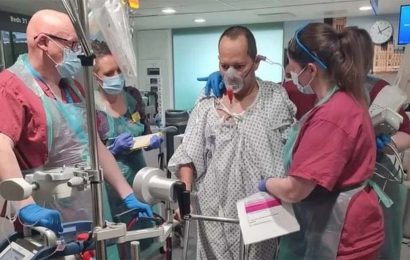
From 2006 to 2017, there was an increase in the number of emergency department visits for leiomyomas, but the admission rate for these visits decreased, according to a study published in the May issue of Obstetrics & Gynecology.
Chelsea N. Fortin, M.D., from the University of Michigan in Ann Arbor, and colleagues described trends in emergency department visits in the United States from 2006 to 2017 among women aged 18 to 55 years with a primary diagnosis of leiomyomas.
The researchers found that from 2006 to 2017, the number of emergency department visits for leiomyomas increased from 28,732 to 65,685, but the corresponding admission rate decreased from 23.9 percent (in 2006) to 11.1 percent (in 2017). The highest rates of emergency department visits for leiomyomas were seen in women aged 36 to 45 years, those in the lowest income quartile, privately insured women, and those living in the South (44.5, 36.1, 38.3, and 46.2 percent, respectively). The likelihood of admission was greater at nonteaching hospitals and those located in the Northeast (odds ratios, 1.23 and 1.39, respectively). Admission was also associated with older age (odds ratios, 1.42 for age 26 to 35 years; 2.01 for age 36 to 45 years; 2.60 for age 46 to 55 years) and bleeding-related complaints (odds ratio, 14.92). Uninsured patients were least likely to be admitted (odds ratios, 1.37, 1.26, and 1.44 for Medicare, Medicaid, and private insurance, respectively).
“We need to better understand gaps in fibroid care and why so many patients are turning to the emergency department to receive care for a condition that could be managed in the outpatient setting,” a coauthor said in a statement.
Source: Read Full Article


